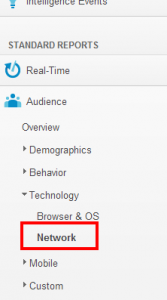Lucky Link http://t.co/Z3jszKKLvt
— Donna Shoulders (@DonnaShoulders) October 1, 2013
True search engine optimization requires the ongoing analysis and tweaking of many on-site and off-site variables, which need to be consistently and effectively acted upon, with a clear strategy and proven methodology to realize the goal of good placement in search engine results pages.
A website is ranked on each search engine according to its relevancy against other websites using the ranking formula specific to that search engine. Each search engine has its own closely guarded secret formula that it uses to generate results and therefore it is common to see similar, yet different results for the same term across a variety search engines.
A well optimized website will rank high across a number of search engines at the same time for the same target key phrase as it is the most relevant for that search term on that specific search engine using its ranking formula.
The ranking formula that a search engine uses to determine its most relevant results is a blend of more than 100 variables. Some of the variables used range from the on-page content of the website, such as the meta tags, key phrase density and key phrase weight of the page, to off-page external factors such as quality inbound links, website competition, page rank and many more.
Effective search engine optimization involves analysis of your own website, the websites of your competition, as well as your target market and keyword research, to ultimately make your website more relevant than that of your competition.
A very basic summary of the optimization process is based on the following steps:
Identification of the competition websites Link identification, analysis and tracking of your own and competition websites Research and analysis of the most effective keywords to use for your website Website content written specifically to enhance the relevancy and effectiveness of the researched keywords.
Effective programming of the web pages strategically incorporating keywords in the html elements of the page
Building of organic links on and to your website using your chosen keywords as the anchor text.
Tweaking of keyword frequency, keyword weight and keyword density on your web pages Search engine and website directory submission and verification of inclusion.
Social bookmarking and promotion of your website on popular social networks and web 2.0 websites Search engine placement checks for chosen keywords on Google, Yahoo and MSN.
Analysis of website traffic statistics, traffic movement on the website and conversion to customer stats.















